Travel is a word synonymous with a bike ride for me, as nothing is more pleasurable than the experience of a bike ride when exploring a destination.
Travel is a bug bite without an antidote. I am the one who won’t stop riding when I get old, I will get old when I will stop riding.
I have done many short trips on my Royal Enfield. One fine day I managed to free myself from my curriculum and plan a bike trip from Ahmedabad to Somnath – a 430 km run.
Now why Somnath from Ahmedabad? It’s because Somnath means “Lord of the Soma” or “moon”.
The site is also called as Prabhasa (lit. “place of splendor”). Moreover, Somnath temple has been a jyotirlinga site for the Hindus, and a holy place of tirtha (pilgrimage).
Furthermore, Somnath is one of the 12 Jyotirlinga and is one of the five most revered sites on the seacoast of India, along with the nearby Dvaraka in Gujarat, Puri in Odisha, Rameshwaram, and Chidambaram in Tamil Nadu.
I planned my 3-day trip of covering the Heritage, Religious places in Somnath along with the mesmerizing ocean view. I left Ahmedabad as early as 6 am in the morning.
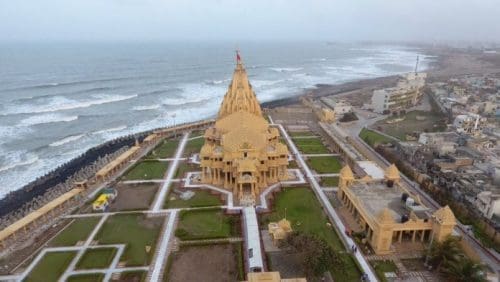
I drove halfway from Ahmedabad to Rajkot without any break and covered 215 km in 4 hours. Stretching a bit for a few minutes I re-started my bike for the destination. Before I entered Somnath I had lunch on a highway Dhaba. Moreover, I also had to refill the tank. At about 3 pm I entered Somnath.
Reaching Somnath, checking into the hotel, I freshened up and had a few hours nap, before the evening Arti at The Somnath Temple. The temple is every bit what it is praised for by people.
The present temple is of Solanki style. It has a “Kailash Mahameru Prasad” form and reflects the skill of the Sompura Salats, one of Gujarat’s master masons.
The new Somnath temple is an intricately carved, two-level temple with pillared mandapa and various relief panels.
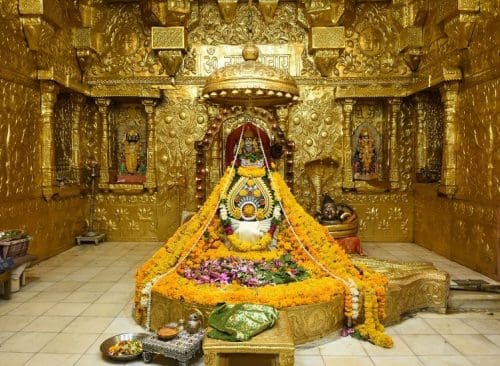
A wide-angle view is a bit distorted from the southeast side of the present Somnath temple. Nataraja can be seen on the sukhanasi, along with the two-storey design.
The temple’s śikhara, or main spire, is 15 meters in height above the sanctum, and it has an 8.2-meter tall flag pole at the top.
According to Ananda Coomaraswamy – art and architecture historian, the earlier Somnath temple ruin followed the Solanki-style, which is Nagara architecture inspired by the Vesara ideas found in Western regions of India.
After visiting the temple from outside I went back to my room to have my dinner and went to sleep. The next day at 6 am I went to the temple for the Arti. Being there in the holy environment I took the Prashadi and went to Pandava Caves which is 1.5 km from the Somnath Temple. The name explains the importance.
The story behind the temple dates back to the Mahabharata era. It says that when the Pandavas were on a fourteen-year exile they had to stay in this cave. After a year’s time, they requested the goddess hinghlaj mataji to free them from the ordeal. The goddess came and freed them from the same.
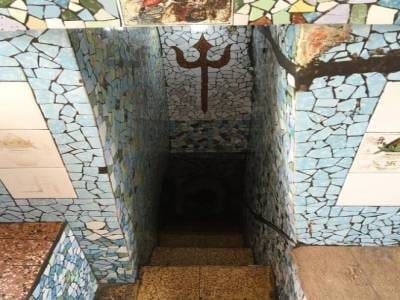
There is a narrow entrance to the cave. You need to bend to one-third of one’s level to enter the cave. It is dedicated to Mata Hingalaj Devi who was Kuldevi of Paanch Padav.
It is around 10 steps deep and only one person can crawl to its base. Altogether a different type of experience.
Near the Pandava Caves, there is a Surya Mandir, also known as Sun Temple, one of many ancient temples dating back 5,000 years. The temple is situated at the north of the Triveni Ghat. The temple architecture is beautifully carved with many birds and animals. There is also a small Surya Kund.
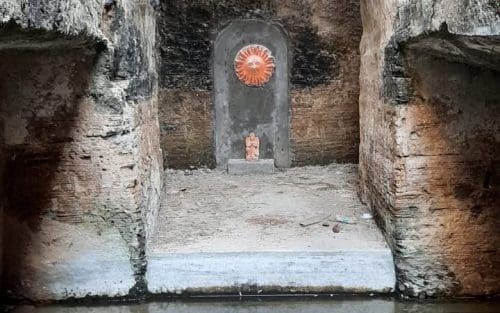
According to mythological belief, the temple was built by pandava in one day when they stayed here, and hinghlaj mata come to visit this temple. The temple has many houses around it and is in a residential area, which I found quite interesting! But still a pious place to visit.
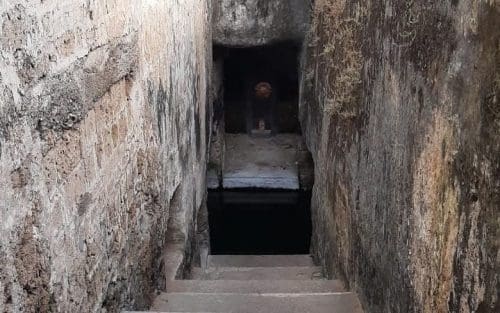
I visited Triveni Sangam, which marks the confluence of rivers Hiran, Kapila, and the Saraswati, where they meet the Arabian Sea on the west coast. Triveni Sangam is said to be a place where Hindus can attain moksha or release from the cycle of life and death.
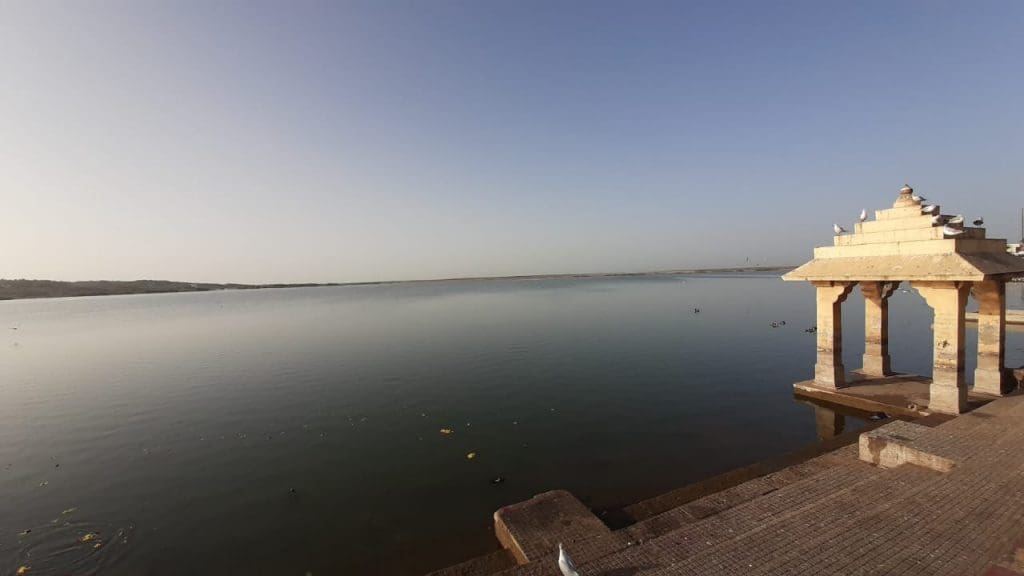
One can see a number of people praying or just experiencing the spiritual atmosphere sitting by the stairs. The fervor is often upstaged by hundreds of gulls that flock at the stepped ghats.
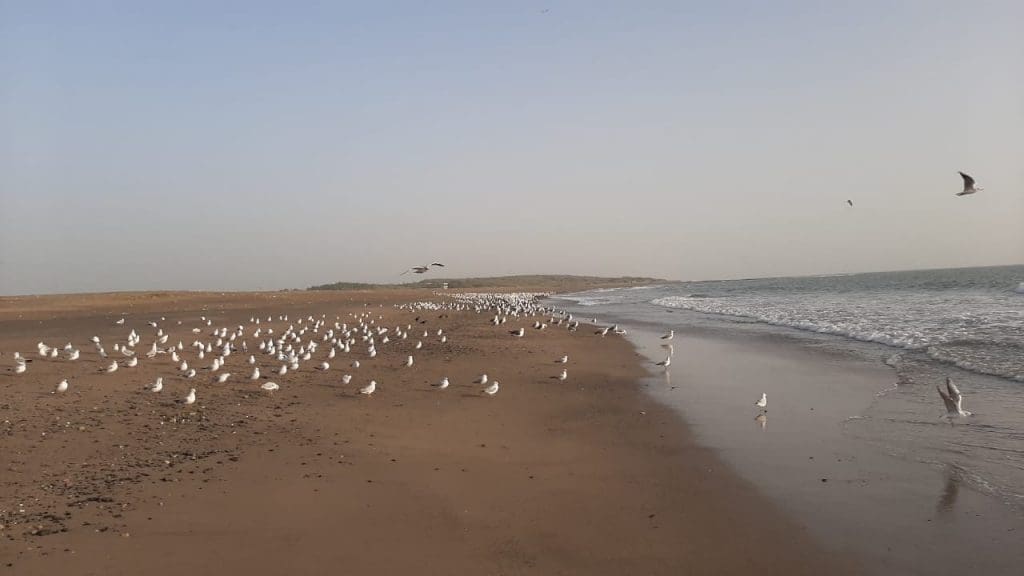
In the evening I went to the beach near the Somnath temple which is named as “Somnath Sagar Darshan”. Walking around the seashore, I collected some shells and pebbles as memory and sat here till sunset.
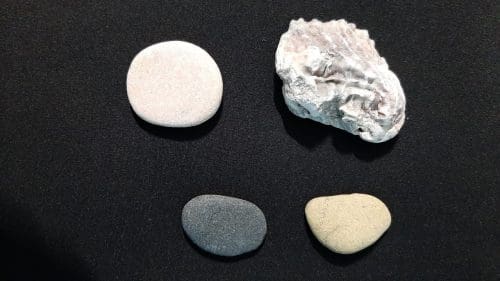
Sitting on the semi-wet sand with the gentle breeze and soft sunlight of late evening is all I wanted at the end of the day- some magical moments of ultimate peace.
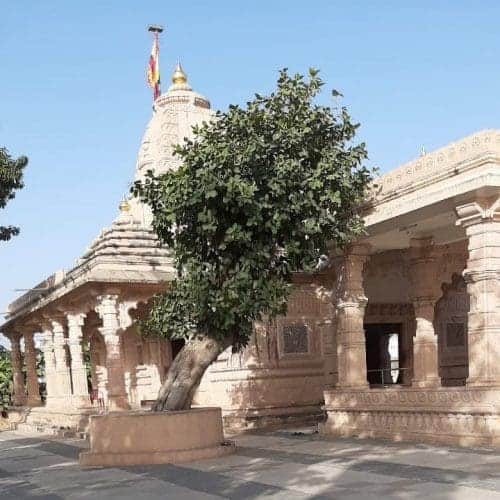
After that I went to Bhalka Teerth which is situated almost 4 km away from the Somnath temple. It is the place where Lord Krishna was killed by an arrow shot by a hunter named Jara, after which he worshipped Shiva.
Returning back to my room, I packed up my stuff and was all set to return to Ahmedabad again. Leaving Somnath the next day at 5 am in the morning,
I watched the dawn break. The winds were calm and cold giving a soothing peaceful ride all along the way. I also saw the sun rising from behind the clouds, making a beautiful sun-kissed sky.
Being a foodie, I took a break at the Dhaba. I also had “Gathiya” -deep-fried Indian snacks made from chickpea flour- which is a popular teatime snack in Gujarat.
It is said that a great part of a road trip isn’t the destination, it’s all the unexpected stuff that happens along the way .
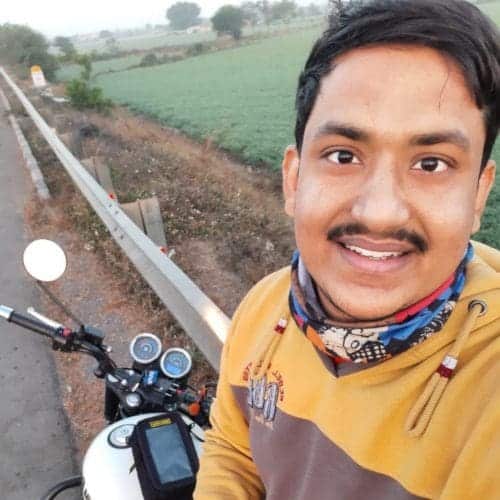
About the Author
(Shivam Roy is a history enthusiast and a dendrophile. He belongs to the Manchester of India – “Ahmedabad”. He enjoys biking on roads that are less explored. His wish is to travel on bike from Gujarat to Arunachal Pradesh and from Kashmir to Kanyakumari – quite a dream wish.)
Read more: Discover Your India



